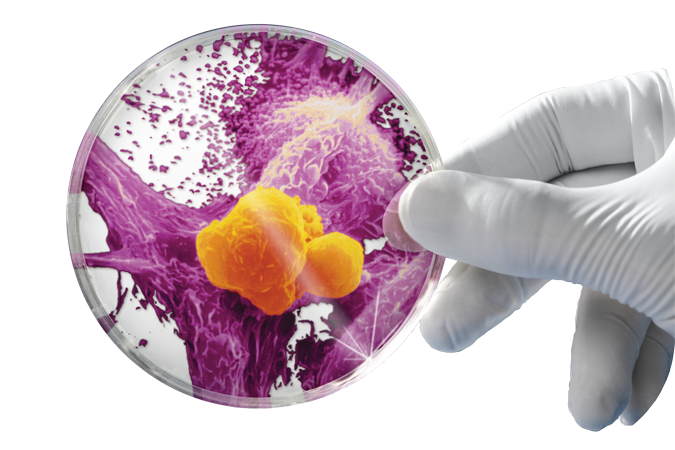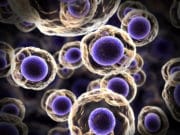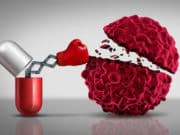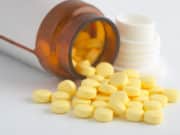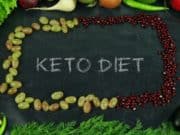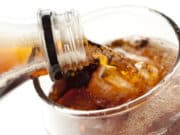Members of the holistic health community have been talking about the connection between vitamin D and cancer prevention and survival for a long time.
And this year (2016), a landmark study in PLOS ONE found that women over 55 with blood concentrations of vitamin D higher than 40ng/ml, had a 67% lower risk of cancer compared women with levels lower than 20ng/ml.
“We have quantitated the ability of adequate amounts of vitamin D to prevent all types of invasive cancer combined, which had been terra incognita until publication of this paper,” said Cedric Garland, researcher and adjunct professor at the UC San Diego School of Medicine Department of Family Medicine and Public Health. [Emphasis mine] (Also they excluded skin cancer)
The researchers concluded that optimal levels for cancer prevention are between 40 and 60ng/ml, and that most cancers occur in people with vitamin D blood levels between 10 and 40ng/ml.
The study did not reveal whether supplementation or sun exposure was the best way to obtain vitamin D. However, the researchers concluded that vitamin D only starts protecting against cancer once you get you blood level up to 40 ng/ml. They noted that more health benefits were observed at even higher levels.
Higher than 60ng/ml could be even better…
A 2005 study found that women with blood concentrations of vitamin D higher than 60ng/ml had an 83% reduction in breast cancer compared with those lower than 20ng/ml. I’ve personally heard many holistic doctors and experts recommend that cancer patients shoot for the 60-80 ng/ml range.
The Sunshine Vitamin (If you can get it)
Most experts agree that the best source of vitamin D is sunshine, and you may have seen recommendations like “get 5-30 minutes of sunshine several times per week on as much of your body as possible”. This is generally good advice, but it may not help you, because the amount of D3 you can get from the sun is determined by multiple factors: your age, your BMI, your your skin tone, your distance from the equator, the season of the year, and the weather.
For example, a fair skinned person living in New York gets about 1,000 IU of D3 in about 4 minutes on a sunny day in July. In January however, it would take them ten times longer, about 40 minutes of sunshine. If it’s cloudy or smoggy, that can block as much as 60% of D3 producing UV rays from the sun.
Sunscreen with SPF 8 blocks vitamin D3 production by 95%. SPF 15 or more blocks vitamin D3 by 99%.
A person with dark skin needs about four times more sunshine to produce the same amount of D3 as a fair skinned person. Obese people have been found to have 50% less D3 in their blood than non-obese people. And a 70 year old makes about 75% less D3 than a 20 year old.
Basically you need an advanced degree in calculus to figure out how much vitamin D3 you can actually get from sunshine. This is why I take it in supplement form.
Action Steps
-Order blood work to check your vitamin D3 level. Make sure you ask for a vitamin D panel. Your doctor can order it, or you can get it done at a walk-in testing clinic if there is one in your area. Any Lab Test Now has 150+ locations, or try Walk-In Lab.
-Depending on your current D3 level and your target level, take 1,000-10,000 IU per day, then retest in 30 days and adjust accordingly. It may take a few retests to get your optimal daily dose dialed in.
What form to take?
There’s a lot of debate about which form of vitamin D supplementation is best. This study found that 1,000 of D3 oral spray, which is absorbed in your mouth, raised D3 blood levels about twice as high as 1,000 IU soft gel capsules. After 30 days, the subjects taking oral spray saw a D3 blood level increase of 8 points, the gelcap takers had an increase of only 4 points. So spray form appears to be better.
There are also claims that K2 is necessary to the absorption of D3, which may be true, but there is also evidence (like the study above) that it is not necessary to take a D3+K2 supplement. I haven’t been able to find a study comparing the absorption rate of D3 versus D3+K2. If you know of one, feel free to post a link to it in the comments section (please make sure it’s a real study not a bloggers opinion).
The highest absorbable form of D3 I’ve found thus far appears to be InMed Misol D3 micellized D3 spray, which is about 3x more absorbable than gel caps, and almost twice as high as sublingual spray. If you can’t get that brand, go with a sublingual spray.
Whatever form you take, if after a month, your D3 levels aren’t up, you either need to take more or take a different form.
BIG TAKEAWAY
The researchers in the landmark study (mentioned at the top of this post) concluded that the ideal vitamin D blood level for cancer prevention is between 40-60 ng/ml. So you definitely want to get it up into that range, but even higher might be better. Many holistic doctors and experts recommend that cancer patients shoot for the 60-80 ng/ml range.


